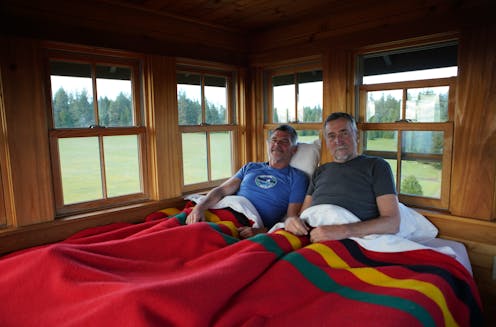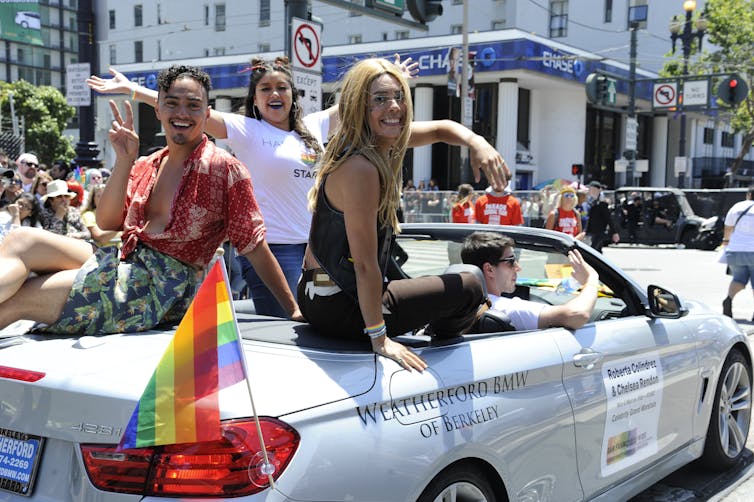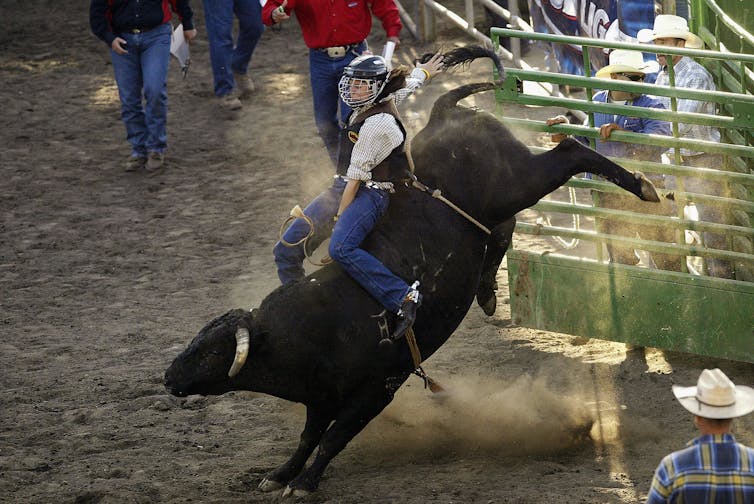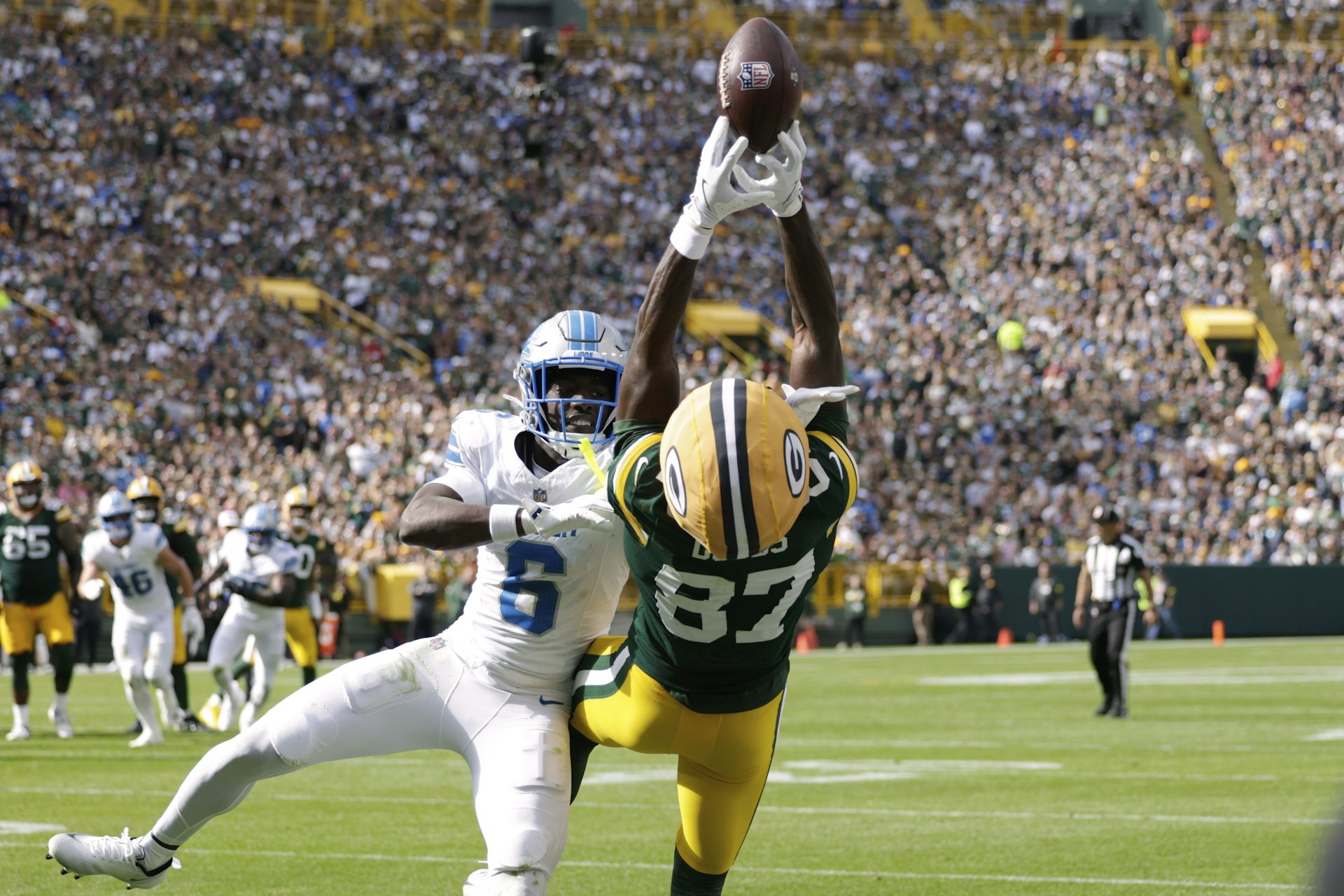Queer in the country: Why some LGBTQ Americans prefer rural life to urban 'gayborhoods'
Stereotypically, gay, queer and trans kids flee small towns to find acceptance in big, diverse cities like New York or Chicago. But evidence shows many will eventually return to rural areas.

Pop portrayals of LGBTQ Americans tend to feature urban gay life, from Ru Paul’s “Drag Race” and “Queer Eye” and “Pose.”
But not all gay people live in cities. Demographers estimate that 15% to 20% of the United States’ total LGBTQ population – between 2.9 million and 3.8 million people – live in rural areas.
These millions of understudied LGBTQ residents of rural America are the subject of my latest academic research project. Since 2015 I have conducted interviews with 40 rural LGBTQ people and analyzed various survey data sets to understand the rural gay experience.
My study results, now under peer review for publication in an academic journal, found that many LGBTQ people in rural areas view their sexual identity substantially differently from their urban counterparts – and question the merits of urban gay life.
Easy come, easy go
The standard narrative of rural gay life is that it’s tough for LGBTQ kids who flee their rural hometowns for iconic urban “gayborhoods” like Chicago’s Boystown or the Castro in San Francisco – places where they can find love, feel “normal” and be surrounded by others like them.
But this rural exodus story is incomplete. Most research, mine included, suggests that many rural LGBTQ folks who once sought refuge in the big city ultimately return home.
To the extent that American pop culture portrays rural LGBTQ adult life, the focus is on their isolation – think “Brokeback Mountain” or “Thelma & Louise.” The gay protagonists of these films are lonely, seldom able to express their sexual selves.
But my analysis of a 2013 Pew Survey of LGBTQ Americans – the latest available comprehensive national survey data on this population – showed that LGBTQ rural residents are actually more likely to be legally married than their urban counterparts – 24.8% compared with 18.6%. This aligns with what I’ve heard in interviews. The rural LGBTQ people I spoke with placed a high value on monogamy – on what many of them consider a “normal” life.
Those who returned home from urban gayborhoods also told me they found gay city living rarely delivered on its promises of companionship and inclusion. Many said they had experienced rejection while trying to date or develop a social circle. And they had missed the charm of small-town life.

No escape
The rural LGBTQ people I interviewed seemed to place less importance on being gay than their urban communities had. Downplaying their sexual or gender identities, many emphasized other aspects of themselves, such as their involvement in music, sports, nature or games.
They rejected an urban gay culture that they felt was shallow and overly focused on gayness as the defining feature of life.
One married 35-year-old described his big-city life this way: “Going to bars, bitching about how bad we have it in comparison to other cities, or judging people based on what they are wearing.”
Such comments call into question certain assumptions of the contemporary gay rights movement, including that “gayborhoods” are the pinnacle of gay life and that rural America is no place for LGBTQ people.
This may be less true, though, for Black and Latino LGBTQ people. A 2019 report on rural LGBTQ Americans found that “discrimination based on race and immigration status is compounded by discrimination based on sexual orientation, gender identity and gender expression.”
While I found no direct evidence that LGBTQ people of color were less likely to return to rural areas, the many difficulties of rural living for this population may partly explain why most of my interview subjects were white, despite my efforts to identify a more diverse pool.

But, as some of the people I interviewed reminded me, no matter where they lived they would not be fully accepted.
“As a trans person, I’m always going to have to deal with people discriminating against me,” one woman said.
Living in a rural locale with an active local music scene let her focus on aspects of her identity that were more important to her than her gender identity.
For some LGBTQ Americans, then, rural life allows them to more fully express themselves. Given the variety of issues facing LGBTQ Americans, from health care access to work problems, the rural world is not an escape from discrimination.
But neither are urban areas.
One lesbian from Kansas recalled attending a fundraiser for the Human Rights Campaign – the country’s most prominent LGBTQ advocacy group – in Washington, D.C., where a high-ranking member of the organization shook her hand and said, “Thank you so much. We need you out there in Kansas badly!”
To this the Kansan replied, “Thank me? I’ve been there my whole life. We are the ones who need you in Kansas. You are the ones who forgot about us!”
[You’re smart and curious about the world. So are The Conversation’s authors and editors. You can read us daily by subscribing to our newsletter.]
Christopher T. Conner is affiliated with the Kansas City Diversity Coalition and formerly with Indy Pride Inc.
Read These Next
As US hunger rises, Trump administration’s ‘efficiency’ goals cause massive food waste
Despite the administration’s claim of streamlining the government to make its operations more efficient,…
A year on, the Israeli-Lebanese ceasefire looks increasingly fragile − could a return to cyclical vi
Since the start of the truce on Nov. 27, 2024, there have been thousands of Israeli violations inside…
Absence of evidence is not evidence of absence – and that affects what scientific journals choose to
Researchers design studies that might disprove what’s called their null hypothesis – the opposite…





